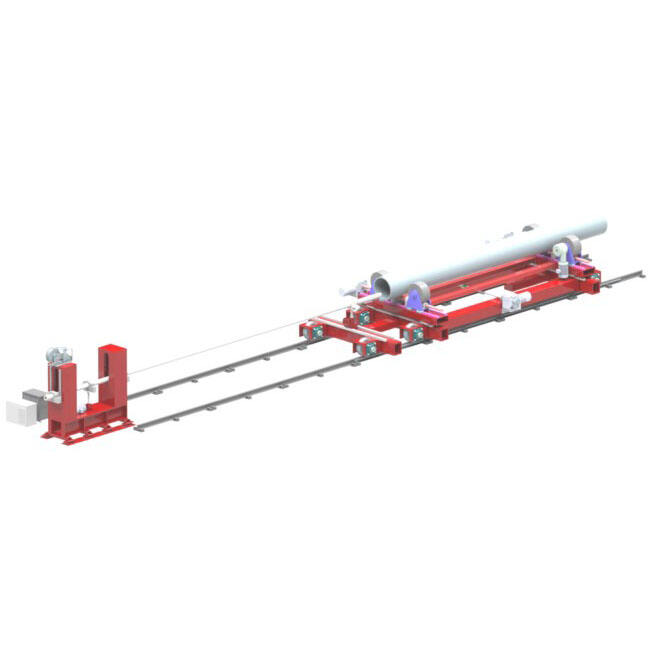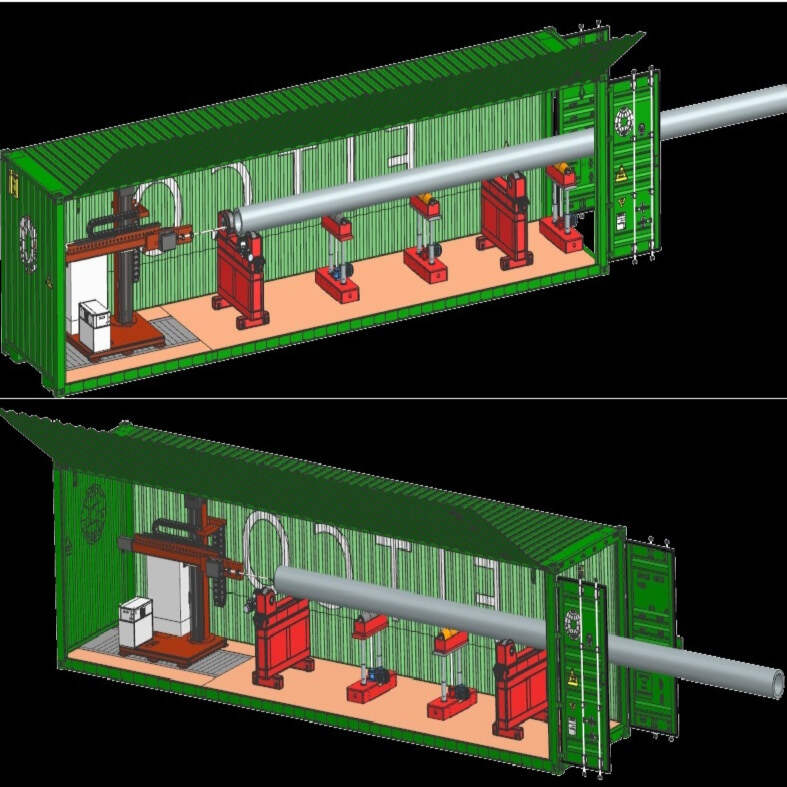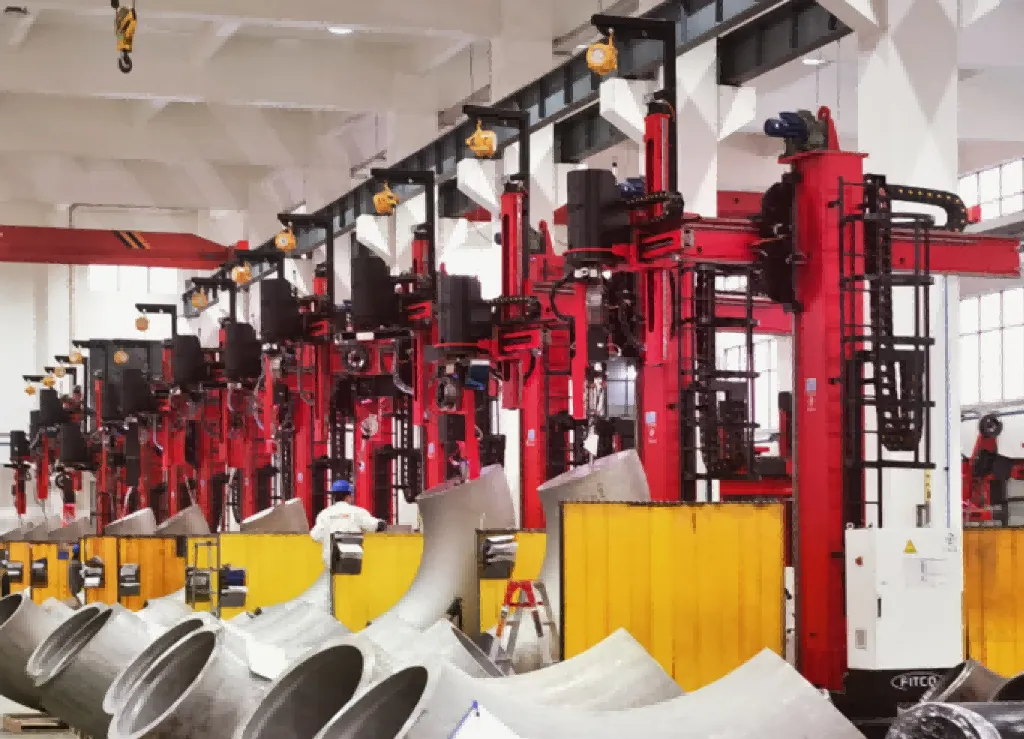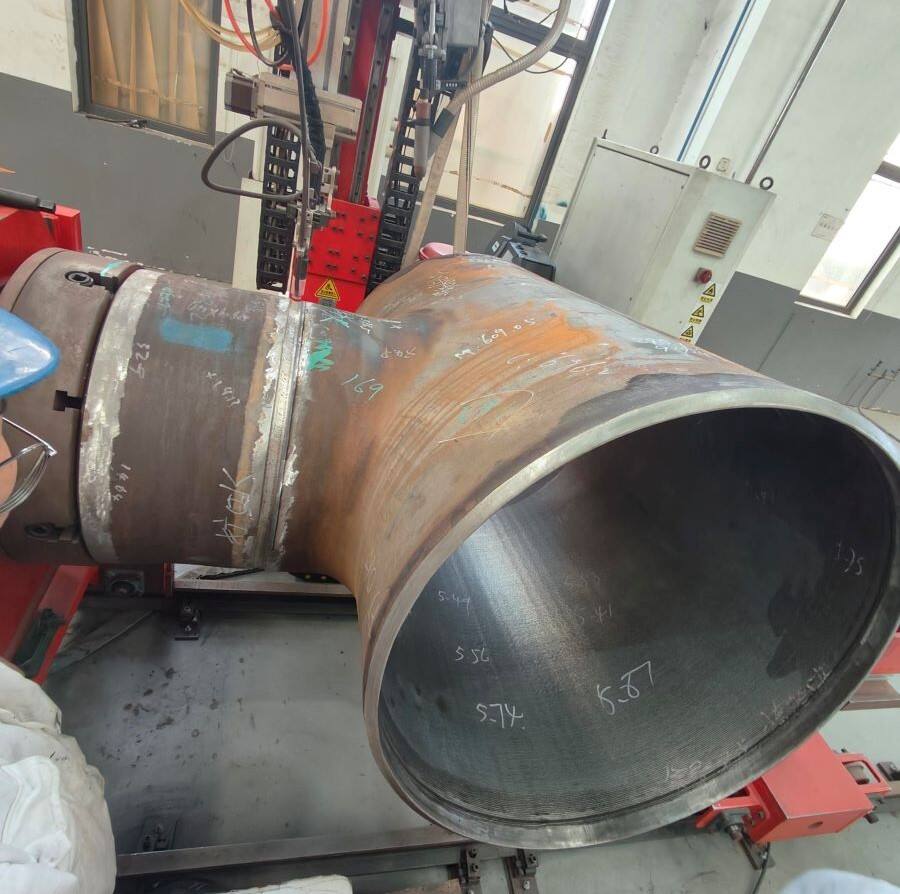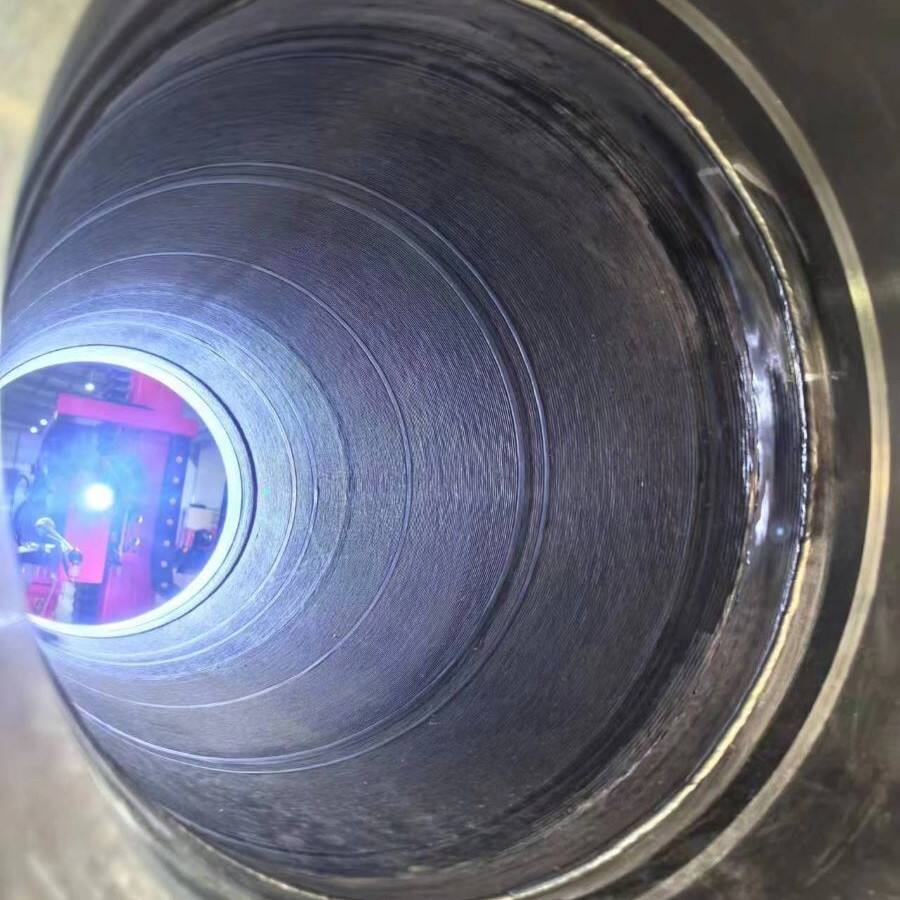overlay welding machine
The overlay welding machine represents a cutting-edge solution in modern welding technology, designed specifically for applying protective layers of material onto metal surfaces. This sophisticated equipment utilizes advanced automation to deposit wear-resistant or corrosion-resistant materials onto base metals, effectively extending component life and enhancing performance. The machine operates through a precise controlled process, where the welding head moves systematically across the workpiece, depositing uniform layers of material with minimal dilution. Its versatility allows for various welding processes, including SAW (Submerged Arc Welding), GMAW (Gas Metal Arc Welding), and FCAW (Flux Cored Arc Welding). The technology incorporates intelligent control systems that maintain consistent parameters throughout the welding process, ensuring optimal deposition rates and superior metallurgical bonding. The machine's capabilities extend to handling complex geometries and large surface areas, making it invaluable in industries such as power generation, petrochemical processing, and heavy equipment manufacturing. Modern overlay welding machines feature advanced monitoring systems that provide real-time feedback on critical parameters like temperature, wire feed rate, and arc stability, ensuring consistent quality in every application.

 EN
EN
 AR
AR BG
BG HR
HR CS
CS DA
DA NL
NL FI
FI FR
FR DE
DE EL
EL HI
HI IT
IT JA
JA KO
KO NO
NO PL
PL PT
PT RO
RO RU
RU ES
ES SV
SV TL
TL IW
IW ID
ID LT
LT UK
UK SQ
SQ HU
HU TH
TH TR
TR FA
FA AF
AF CY
CY MK
MK LA
LA MN
MN KK
KK UZ
UZ KY
KY